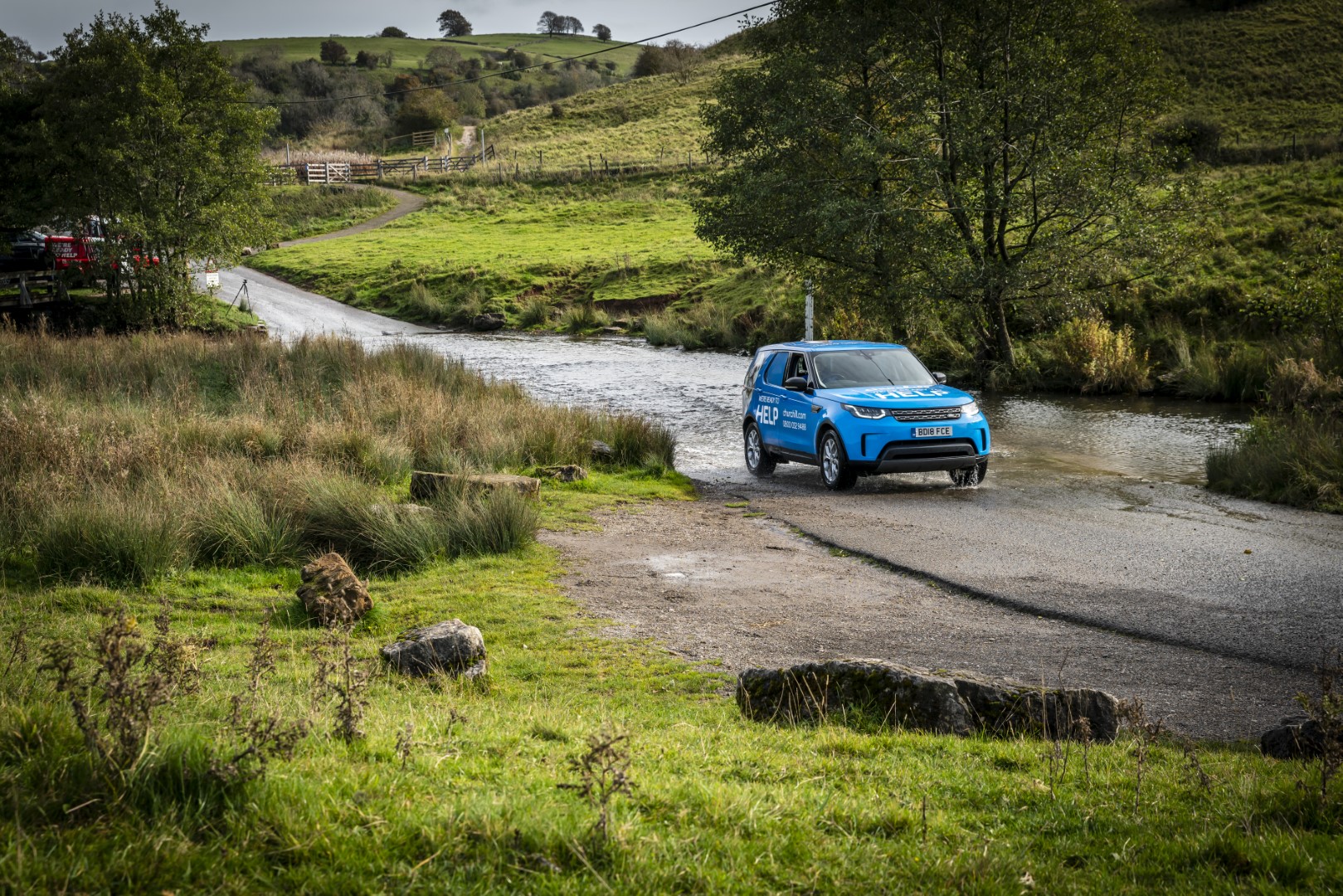Middle lane drifting danger
- Middle lane drivers are responsible for over half (53 per cent) of all lane drifts committed by UK motorists on motorways
- Researchers studied over 70 hours of footage across UK motorways and found one in nine (11 per cent) vehicles on the road drifted out of their lane
- 18 per cent of drivers admit to driving in a cycle lane in the last year
An innovative research project1 commissioned by Direct Line car insurance reveals that one in nine (11 per cent) vehicles on the road drifts out of their lane, putting themselves and other road users at risk of collision. Researchers studied over 70 hours of footage across major UK motorways and found that more than half (53 per cent) of drivers who drift into another lane, an action which could see them prosecuted for careless driving, do so when travelling in the middle lane.
One of the major triggers causing cars to depart their lane is when lorries pass alongside. Drivers reacting to large vehicles overcompensate and drift into the next lane. When vehicles are travelling in parallel across multiple lanes this drifting causes a domino effect, with cars in the outer lanes forced to also drift out of lane to avoid a collision. The research further revealed drivers are mostly likely to drift to the right and are more likely to drift when travelling in the afternoon, perhaps as a result of tiredness.
The motorway research involved individual lane analysis, recording when vehicles either touched the outside of the lane, or crossed over into another. The findings emphasise the importance of in-car lane departure technology, which uses warning alerts or proactively keeps the car centred, to ensure drivers remain in lane.
More than half2 (51 per cent) of drivers have experienced another motorist drifting into their lane on a motorway or dual carriageway in the last year. Half of drivers also reported people drifting into them at junction and roundabouts. A third (33 per cent) of drivers admitted they lack lane discipline and have drifted onto the rumble strips on a motorway or dual carriageway. The lives of cyclists are also being endangered by the one in six (18 per cent) drivers who have drifted into a dedicated cycle lane in the last year alone.
The research reveals the serious implications of drivers failing to maintain lane discipline on UK roads. Almost 1.5 million drivers reported needing to swerve off the road to avoid an accident because of others’ poor lane discipline. Drifting also causes drivers to take risky evasive action; over 12 million drivers had to slam on their brakes to avoid an accident because of their lane drifting.
Rob Miles, director of car insurance at Direct Line, commented: “Failing to stay in your lane, even just for a split second, has the potential to cause a fatal accident when travelling at high speeds on a motorway. If drivers feel tired or are struggling to maintain their focus then they should find a safe place to pull over and take a break.
“This research highlights the benefit of Lane Keep Assist and Lane Departure Warning systems and we would strongly recommend that those in the market for a new car consider a model with this technology. It could be the difference between having an accident or avoiding one. That said, we urge motorists to remain vigilant at all times, and not to rely solely upon car technology to ensure their safety and that of other road users.”
Almost half of motorists who have drifted (48 per cent) blamed losing concentration for drifting when driving, with more than a third (34 per cent) claiming that road lanes are too narrow. More than a quarter (29 per cent) of drivers said tiredness had caused them to drift out of lane. In car distractions causing people to drift out of lane include passengers (15 per cent) in the vehicle, changing the music (seven per cent) and programming the sat nav (six per cent).
Table one: Reasons motorists give for drifting out of lane when driving
Reason |
Percentage of motorists who have drifted that believe this was the cause |
Losing my concentration |
48 per cent |
The lanes being too narrow |
34 per cent |
Tiredness |
29 per cent |
Being distracted by passengers in the car |
15 per cent |
Driving too close to the car in front |
10 per cent |
Changing the music |
7 per cent |
Programming the sat nav |
6 per cent |
Source: Direct Line Car Insurance 201
- ENDS -
Notes to editors
1 Researchers studied 72 hours of motorway footage recorded during rush hour and off-peak periods 11th July 2017. Researchers analysed driving behaviors lane by lane (in both directions) across all lanes on motorways including the M40, M25, M4, M3 and M12
2 Research conducted by Opinium amongst 2,005 UK adults between 25th April and 27th 2017,
For further information, please contact:
Antonia Green
Citigate Dewe Rogerson
Tel: 0207 282 2967
Email: Antonia.Green@citigatedr.co.uk
Chloe French
PR Manager
Direct Line Group
Tel: 01651 831 715
Email: Chloe.French@directlinegroup.co.uk
Direct Line
Started in 1985, Direct Line became the first UK insurance company to use the telephone as its main channel of communication. It provides motor, home, travel and pet insurance cover direct to customers by phone or on-line.
Direct Line general insurance policies are underwritten by U K Insurance Limited, Registered office: The Wharf, Neville Street, Leeds LS1 4AZ. Registered in England and Wales No 1179980. U K Insurance Limited is authorised by the Prudential Regulation Authority and regulated by the Financial Conduct Authority and the Prudential Regulation Authority.
Direct Line and UK Insurance limited are both part of Direct Line Insurance Group plc.
Customers can find out more about Direct Line products or get a quote by calling 0345 246 3761 or visiting www.directline.com/car-cover
